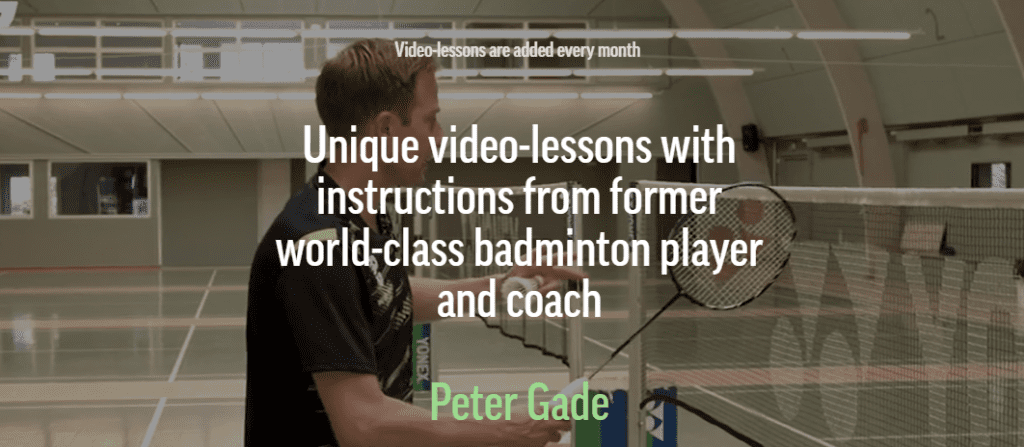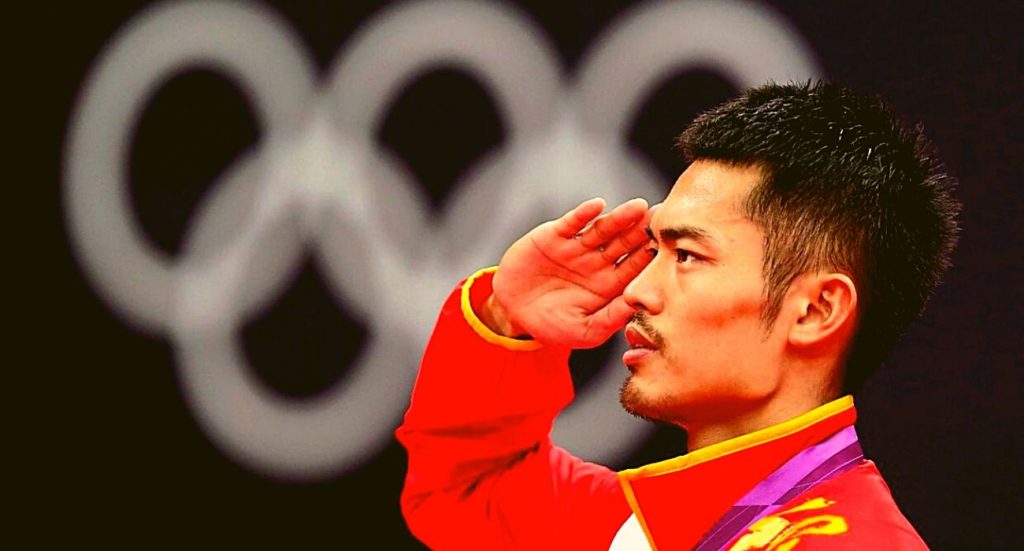Peter Gade, the former world number 1 from Denmark and a current Yonex Legend, recently introduced a new online initiative. For years he has been running the Yonex Peter Gade Academy (YPGA) in Denmark. The YPGA is accessible only to select players. But Peter Gade’s new online initiative is for everybody.
With a monthly investment of less than 6 US dollars pr. month, you can learn directly from Peter Gade. For players, this seems like a great opportunity. For coaches, a godsend.
Michael Leander from Badminton Speak had the opportunity to review the online platform. Read on to get the low-down on the legendary Peter Gade’s online portal.
Learn badminton techniques from a world-class coach
The best feature of the Peter Gade online badminton portal has to be the coach himself. Most people know about Peter Gade’s long stint as world number 1 (men’s singles). But many aren’t familiar with Peter’s accomplishments in the coaching role.
Rumour has it that his tenure as coach of the French National Badminton Team was very successful. Certainly, players from France are slowly, but surely, making inroads on the European circuit. Some are even making a name for themselves on the world tour.
On many occasions, I’ve observed Peter Gade doing his deed as a coach at the Yonex Peter Gade Academy. And make no mistake. This guy means business. When he was still active on the badminton world circuit, he was known for his professionalism and relentless approach to all aspects of the sport. That hasn’t changed.
In his role as a coach, he is not there to pass the time, but clearly demonstrates how passionate he is about developing players. Players I’ve spoken to say he is tough, but his “medicine” works. Knowing Peter Gade relatively well, I can confirm that he truly is passionate about helping badminton players develop. That is one of the reasons behind his investment in the Peter Gade Online Academy.
Do you want more tips like this, go here to subscribe
Short, easy-to-understand badminton tutorials

When you become a member of Peter Gade Online Academy, you can look forward to a host of short, easily understood instructional videos. The instructional videos mostly feature Peter Gade. You’ll hear the Yonex legend explain techniques and offer concrete, easy-to-implement advice. These badminton video tutorials are published monthly.
In addition to the monthly videos, the online platform offers regular updates. The current update archive includes content about nutrition, a tutorial for doubles defense by legendary Lee Yong Dae (Korea), and updates related to Peter Gade’s experiences in the world of badminton.
The platform also aims at creating a vibrant badminton community. An online habitat where like-minded can share ideas, ask questions, and receive suggestions or advice. Judging from what I’ve seen so far, the current members seem to be interested in taking an active part in the dialogue. And that’s a good thing.
Is Peter Gade online academy worth the money?
It depends on you!
First and foremost, I am going to assume that anyone paying for the monthly subscription has a genuine interest in improving their game. If that’s your aim, the subscription is a small price to pay.
Secondly, if you are prepared to listen to Peter Gade’s advice and then go practice to implement what you’ve learned, that’s an absolute prerequisite for getting value for your money.
Finally, if you appreciate chatting with other badminton lovers, that’s a nice bonus. Who knows, you may meet new badminton friends on the platform. And the value of a new friend, well, that’s priceless, don’t you agree?
Although not available to the general public, Peter Gade charges around USD 400 pr. hour for 1-on-1 training. So getting access to this vast knowledge and experience for a small monthly fee seems to be a good deal.
Learn more about Peter Gade online academy here






























